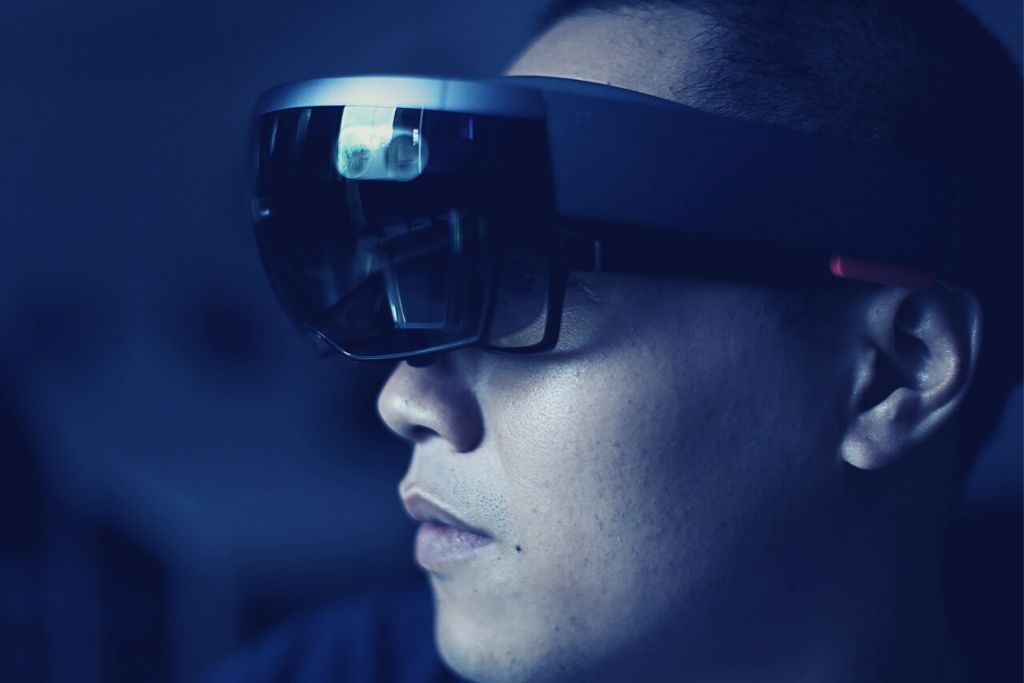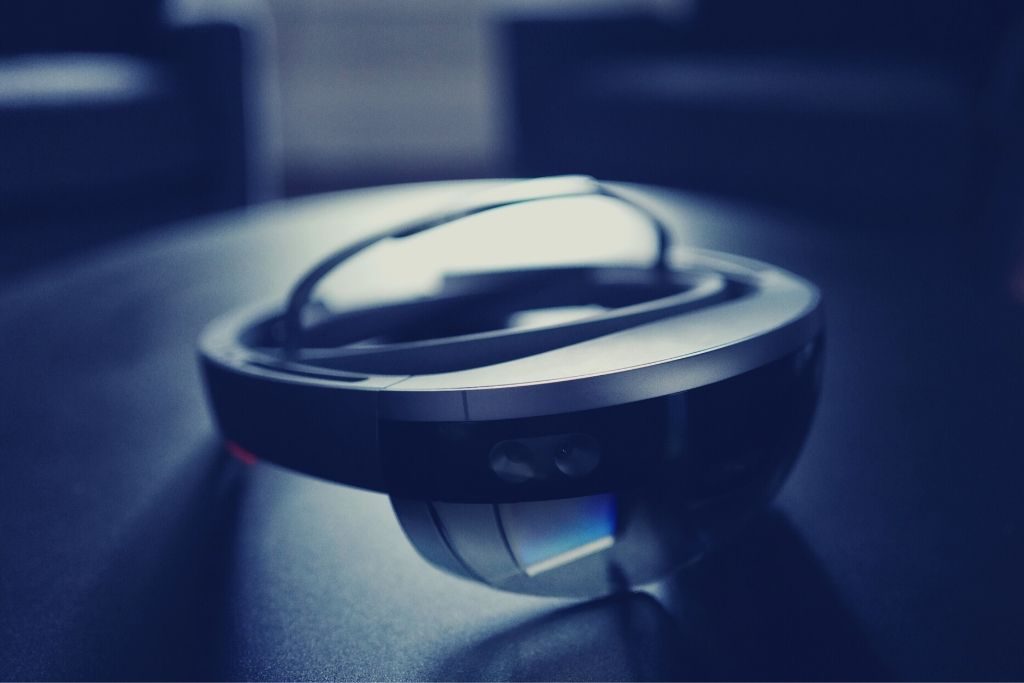Frictionless Access: 3 Questions About The Newest Access Trend Answered

Security and access control came a long way from the wooden sticks used as keys in Ancient Egypt and Babylon some 6,000 years ago. Modern access control systems are no longer just keys and locks, but sophisticated ecosystems with high-tech components that interact with each other.
Beyond Hand Sanitizers: How COVID-19 is Changing the Future of Work

The global spread of the COVID-19 has been asymmetrical: Some countries like New Zealand or Hong Kong were able to significantly reduce the cases by the middle of 2020, some were already embracing the so-called second wave. In the meantime, large and decentralized countries like the United States have seen the viral epicenters shift from dense cities to provincial areas.
Expectations vs. Reality: When Architectural Visualizations Aren’t Accurate

Photo-realistic architectural visualizations of unbuilt projects are among the most critical assets of architecture firms. They showcase the firm’s ability, improve the designs, and win competitions. As a valuable part of the portfolio, they’re also crucial for long term architectural success as they attract better employees and clients.
How Augmented Reality Can Empower Field Technician Proficiency

“If you can read, you can learn anything about everything and everything about anything,” said the legendary children’s author Tomie DePaola. Indeed, the past two decades have been characterized by an enthusiasm for self-study and innovative learning methods.
Here’s Why Augmented Reality Will Revolutionize Customer Service

“Have you tried turning it off and on again?” suggests the customer service agent in the hit British TV series, The IT Crowd. As the frustrated laptop user struggles to understand the agent over the phone, her issue remains unsolved.
Ultra-Wideband Technology: An Old Idea to Reform Modern Access Control

Ultra-wideband (UWB) technology is as old as the radio. It was first used in 1901, by the Italian innovator Guglielmo Marconi, who sent Morse code sequences across the Atlantic Ocean using spark-gap radio transmitters.